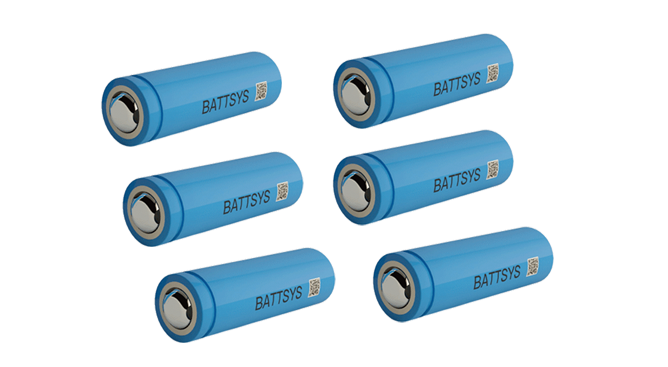18650 lithium battery safety test.
In order to understand the level of safety performance of 18650 lithium-ion batteries, testing must be conducted. The main testing methods are divided into the following four categories:
1. Electrical testing for overcharging, overdischarging, external torque, forced discharge, etc.
2. Mechanical testing includes falling, impact, needle puncture, vibration, compression, and acceleration.

3. Thermal testing includes ignition, sand bath, hot plate, thermal shock, and oil bath.
4. Environmental testing includes pressure reduction, height, immersion, and bacterial resistance.
External short circuit: Connect the positive and negative poles of the battery directly with wires to test its performance. As mentioned in the diaphragm section, the current cutoff temperature of porous polypropylene is relatively high, which is prone to danger. Polyethylene or copolymers are used to reduce the current cutoff temperature and improve the safety factor.
There are two forms of overcharging: constant voltage or constant current. That is to say, even when the charger and control circuit fail simultaneously, it can ensure that lithium secondary batteries do not have safety issues. When overcharging occurs, lithium deposits on the negative electrode and the electrolyte decomposes. Of course, for lithium secondary batteries, even if there are no safety issues during overcharging, the battery's lifespan will be significantly reduced.
During forced discharge, some lithium will deposit on the surface of the positive electrode. Therefore, in the design process, excess capacity is left for the positive electrode material to avoid such incidents as much as possible. Especially for lithium secondary batteries with metal hammers as the negative electrode, more attention should be paid.
There are two types of extrusion tests: plate type and strip type
During the squeezing experiment, the diaphragm was damaged in some places, causing internal short circuits and generating high currents; ② The diaphragm ruptures, causing the active materials of the positive and negative electrodes to mix, resulting in an exothermic reaction Squeezing the diaphragm causes it to rupture, generating an electric spark that ignites the electrolyte.
Acupuncture testing mainly simulates internal short circuits in batteries. Insert a needle with a diameter of 3mm into the battery. Same as the compression test, if the safety factor is not high, it will catch fire within 3 seconds. However, there is currently no consensus on why a diameter of 3mm is chosen over other sizes. Of course, the smaller the diameter of the needle, the easier it is to pass safety checks. Of course, this does not mean that the safety factor of the battery has changed.
Charging and discharging tests should be conducted using alternating current. Due to the fact that some countries such as Japan use alternating current of 100-110V, while China uses 220V, the latter should be used for battery testing in China. That is to say, even if AC power is used for charging and discharging, there will be no danger.
The battery used for fire testing is immersed in charcoal fire, boiling water, or heated oil bath. Of course, the battery will burn, but it should not explode. It can also be heated to 180 degrees Celsius on a hot plate for testing.
The high and low temperature cycling tests are repeated at high and low temperatures. The high temperature condition is 65 degrees Celsius, the relative humidity is 90%, and the time is 8H; The low temperature condition is -30 degrees Celsius, with a duration of 8H and 5 cycles.
The safety of batteries should also include post-processing issues, that is, the batteries will not cause serious environmental pollution after use.
